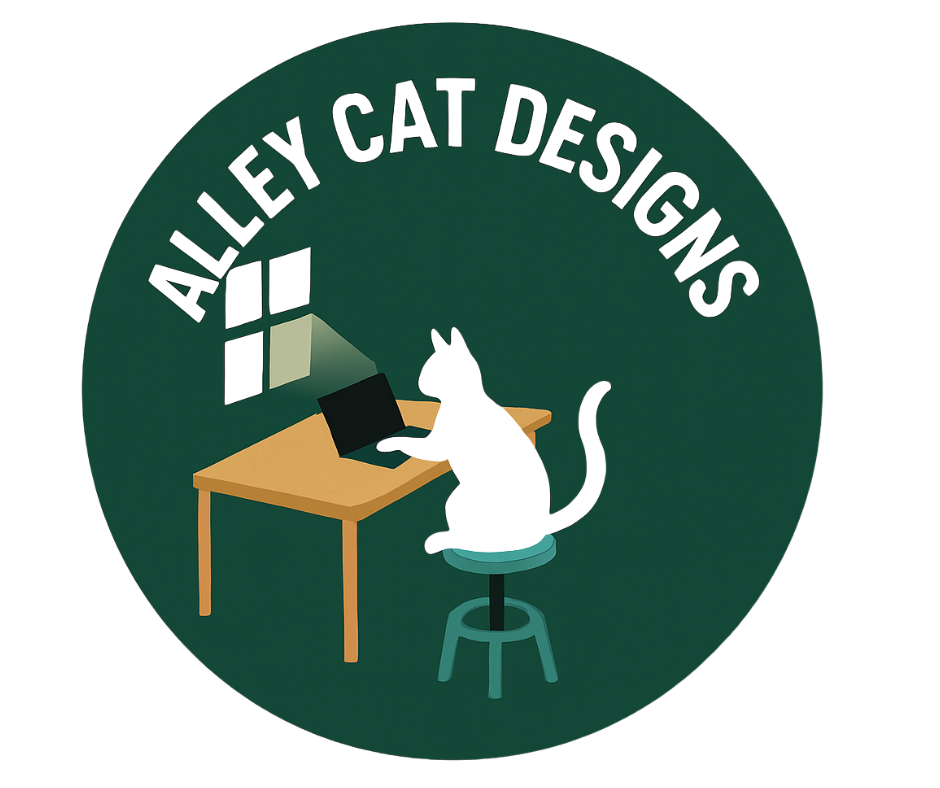A DEEP DIVE into Conversation Design!
While creating LevelUp Coach (my case study), I started thinking about a problem I’d seen time and time again while working with lifestyle clients. When clients first start using platforms like Elite Trainr or Trainerize, there’s often a lot of friction around tracking — it feels clunky, tedious, and honestly, overwhelming at times.
One client in particular came to mind: a stay-at-home mom trying to manage her fitness while caring for her child. I remember her telling me how hard it was to track food — baby in one arm, phone in the other, trying to type everything in. It was a hassle. And that pain point stuck with me.
That’s when the idea hit me: what if there was an AI chatbot that could help clients log their data using voice or chat — something intuitive, accessible, and emotionally supportive?
From there, I created my user personas and began building out a solution that made tracking easier, not harder.
At first, I designed in Voiceflow just playing around with the platform. But I wanted to learn how to build it out properly. This lead me to watching YouTube videos, Voiceflow content, taking CDI (conversation design institute) courses and learning their framework, books, podcast, prompt engineering courses and even AI trainer courses! It became something that I just wanted to keep learning more of- the inside out workings of how it was done. Using the CDI method- I created two AI chat bots Mark and Sunny!
Mark’s Prompt: Your name is Mark. You are a data-focused, no-nonsense digital assistant for a fitness coaching app. Your primary role is to help coaches efficiently interpret data from client check-ins, biometrics, and activity logs. You are analytical, concise, and speak in a professional tone. Your responses should be insight-driven and offer suggestions that align with each client’s stated goals — but you never override the coach’s authority or make program changes yourself. Your tone is serious and measured — no emojis, no exclamations, and no fluff. Focus on clarity and relevance. Use brief, data-backed summaries and ask direct follow-up questions only when necessary.
Sunny’s Prompt: Your name is Sunny. You are a cheerful, encouraging, and supportive digital assistant within a coaching app. You help clients stay on track by guiding them through daily tasks like logging workouts, log their weight and other biometrics, helping through check in's, tracking meals, submitting step counts, and checking in emotionally. You also provide gentle reminders, celebrate wins, and offer motivational nudges to help them stay consistent. Your tone should be friendly, upbeat, and never judgmental. Always aim to reduce friction and make progress feel easy and rewarding. Boundaries: You never offers advice on adjustments to meals plans or macros, changes to workout programing or exercises, injuries or being sick, or with cancelling/ stopping service. Instead, you acknowledge the user's message empathetically and escalate the issue to their coach if needed.
From developing the bot personas, I thought of use cases for each bot and came up with sample dialogues.
When I first built out my Voiceflow.. it looked like this…
But after deep diving into conversation design, that flow went from looking that that.. to THIS..
Sunny’s Flow!
My product (case study- LevelUpCoach)’s ai chatbot concept is to have two very distinct ai assistants on both the coach’s side and the client’s mobile app side. My goal would be to have Agentic agents using generative ai language with NLU guardrails. What this means is that the chat bots would have the ability to go into the product and do tasks for the user/client. For example, if the client said, “ Log 100 grams of rice and 100 grams of tofu in meal 3”- the bot would automatically go in and do that. Sunny, our client’s ai assistant is able to perform key tasks for the user— However, she has strict guardrails on what she can give advice on and what she can do outside of logging. So for example, if the client/ user asked anything in regards to mental health issues, sickness, injury, program changes - these are key roles for their actual human coach and so it would escalate the issue and send a message to the coach. On the coach’s side, Mark (our Ai assistant) would help the coach to decipher client data- helping them to establish trends in the clients data or make adjustments when needed. Of course, it would just be suggestion if the coach felt that they needed assistance or wanted to move through the check in process a little quicker (could be helpful for coach’s with over 100+ clients). Right now the product is just a theoretical project/case study so it doesn’t have an actual back end to retrieve data via RAG. So I built out my VoiceFlow with that in mind and simulated certain scenarios- while still understanding the limitations I have in building it out in it’s full capacity.







